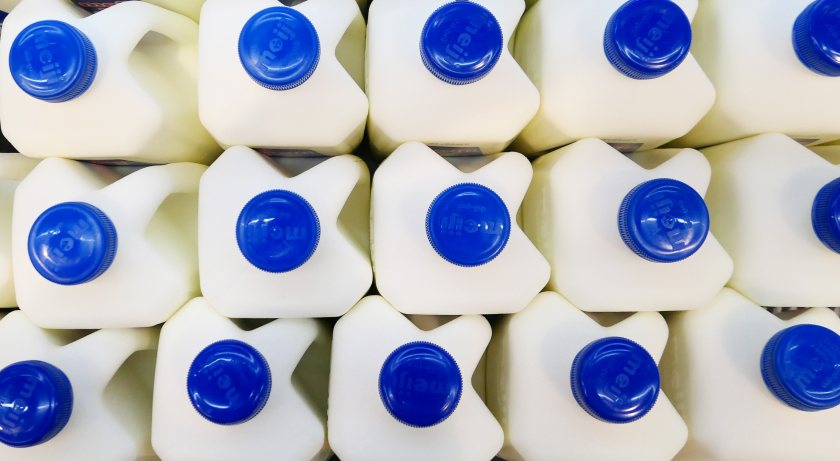
The effects of high food price inflation, along with slowing economic activity in 2023, have translated into lower dairy demand in developed and emerging markets.
According to a new report from Rabobank, various companies in western Europe, Australia, Brazil, China are experiencing weaker-than-expected sales in 2023, mostly in volume terms.
Households in many regions remain under financial pressure, which is impacting food purchasing behaviour.
But one notable exception is the US, where current consumer demand for dairy products remains firm.
“Some price deflation in dairy could help sustain demand levels in key markets during the second half of 2023,” notes Andrés Padilla, senior analyst at Rabobank.
Global milk production is still rising but losing momentum, and that slower production increase could stabilize global market prices, the report explains.
Growth is attributed to EU and US gains, while Oceania and South America continue to see lower output in 1H 2023.
Dry weather in South America and parts of Europe must be monitored and could be a key factor impacting production during Q3, particularly in Europe.
“Our current outlook for lower production in the EU and US, with limited growth elsewhere, is likely to support global dairy prices in Q3 and into 2024,” Mr Padilla said.
Lower input costs are providing some relief to farm-level margins, Banobank's report explains.
Continued optimism about Brazil’s second corn crop, combined with large Russian grain exports, renewal of the Black Sea Grain Initiative, a good upcoming EU harvest, and accelerated US corn planting, continue to drive prices lower.
And more affordable feed provides dairy farmers some relief as farmgate milk prices decline globally.
However, Chinese dairy farm margins remain under pressure despite falling feed prices, the report goes on to say.
And in the US, lower milk prices have outpaced the decline in feed costs, putting farmers’ margins under additional pressure and into negative territory – a sharp contrast to the close-to-record profitability farmers experienced this time last year.
To date, China’s dairy demand recovery has not offset strong domestic milk production growth.
Farm expansions and continued gains in milk yields are driving domestic milk production higher, and supply may take longer than previously forecast to respond to weakening milk prices and comparatively higher feed costs.
Meanwhile, Rabobank says Chinese dairy imports declined in Q1 2023, adding pressure to already weaker global prices in the short term.
The report says: "With no immediate signal of a swift recovery in consumer demand, Chinese traders may remain cautious about returning to the market, or such a return may largely be motivated by competitive international prices and efforts to build reserves."
